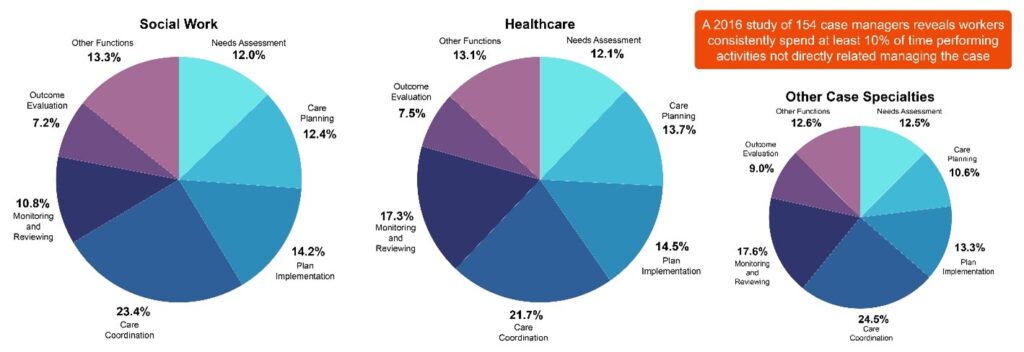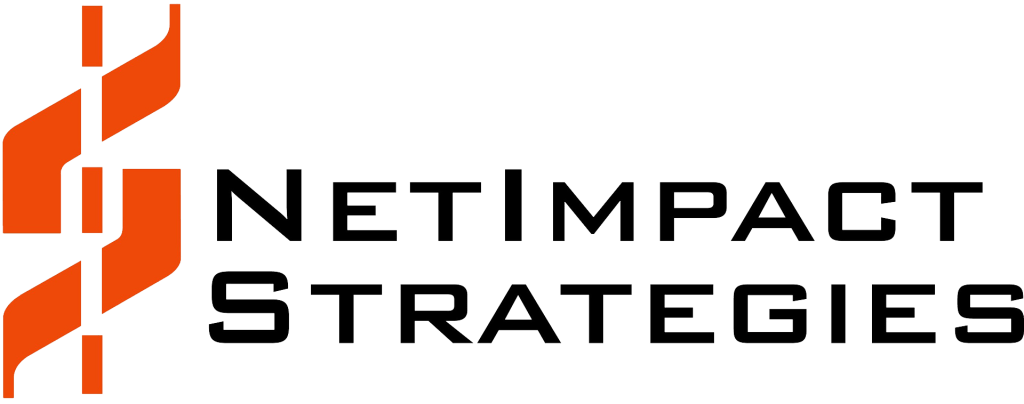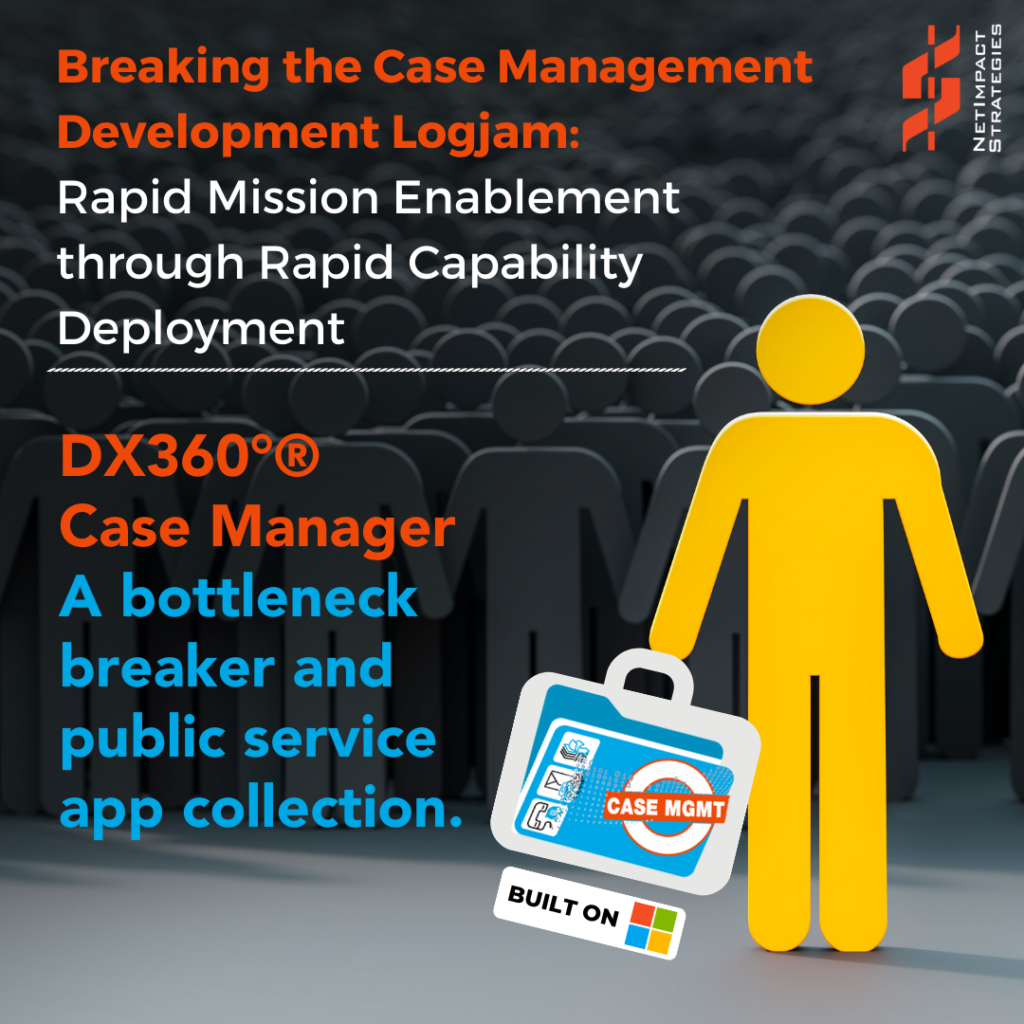Introduction
Case management systems are vital components that deliver a centralized and streamlined approach for the Federal Government’s ability to deliver secure services to citizens, ensure positive customer experiences, and meet the needs of the American people with efficacy. In today’s complex and fast-paced Federal landscape, this efficient management of cases requires flexible solutions that digitize manual processes to accelerate response times, enhances collaboration for synergistic insights, and minimize data pollution while destroying disparate technology and organizational silos.
| 80% of Federal Case Management Solutions are Implemented in a Vacuum A study by the National Academy of Public Administration found that, among Government agencies surveyed, only 20% reported high levels of collaboration and communication when implementing case management systems. |
Case management systems are purpose-built tools designed to automate the entire lifecycle of a case –from inception through closure – and reduce manual management to create capacity for optimizing case resolutions. Case management systems provide a platform to accommodate diverse stakeholders in sharing timely information regarding their expertise and enable instant access to information for need-to-know professionals. This seamlessness in communication eliminates bottlenecks and improves cross-disciplinary coordination in capturing and analyzing better-quality information for data-rich, high-fidelity insights. With real-time, reliable data at their disposal and analytics that visualize trends and identify patterns without the toil of sifting through stacks of paperwork and several systems, agencies ultimately deliver better outcomes for citizens.
Case management systems also improve the speed of service delivery by automating manual processes, including tasks beyond the case analysis, such as progress tracking, external reporting, and time-consuming reminders or follow-ups, without compromising quality. Automating the routine and repetitive actions inherent in progressing the case through its standard lifecycle minimizes human error and restores cognitive capacity and time back to high-valued work crucial to the case. For example, in social work, this could mean more than a whole workday becomes available for the Case Worker to focus on researching and matching programs for a child instead of coordination activities like cross-team email follow-ups and reminders – that’s roughly 52 days re-invested towards program outcomes.

Case management systems are paramount for the Federal Government in managing its mission. Still, the development and deployment of Federal Government case management systems have often been bogged down by a logjam of bureaucratic red tape and slow decision-making processes.
Additionally, commercial software available to support case management often lacks the baseline workflows, data taxonomy, and mission vocabulary for rapid deployment and adoption in the Federal space. This leads to delays in the delivery of services to citizens and a rigidity against addressing changing needs. In this pov, we will explore how rapid capability deployment can help to break the case management development logjam and enable the Federal Government to meet critical needs quickly and effectively.
Traditional Case Management Development are Cold Cases
Federal Government case management system development has traditionally been a slow and laborious process. Perpetuating this glacier movement includes:
- Complexity of Federal budgeting, investment planning, and acquisition
- Difficulties in communication erode collaboration across programs
- Lack of standardization and interoperability across Government systems
- Lack of standardization and interoperability across Government systems
- Lead time and resource constraints in obtaining accreditation and setting up security
- Exclusion by default design salient inputs from cross-organizational or external partners
- Difficulty in navigating the landscape between the use of commercial case management capabilities and custom-developed software
With just the two top limiters in budgeting complexities and resistance to collaboration, agencies are slow to translate program needs or legislation into budget requests, acquisition plans, and, ultimately, contracts to develop systems. According to a 2019 Partnership for Public Service study, nearly half of the Federal agencies reported that budget constraints were a significant barrier to implementing case management systems efforts.
The most common approach results in agencies retrofitting their Federal requirements, including baselined Government workflows and data nomenclature, into a well-established commercial software designed for industries and environments without Federal constraints. Agencies then over-customize these systems – sometimes even compromising the software integrity – nullifying any out-of-the-box benefits afforded by the commercial system.
To exacerbate the situation, systems that span multiple programs or agencies introduce additional delays due to the collaboration and requirements complexity. As a result, few agencies have developed the standardization necessary to support cross-program case management, as most existing systems were developed with a single vertical program alignment and supporting systems aligned to single programs. While individualized needs may eventually be addressed, there often exist difficulties in integrating case management systems across systems of record within and between agencies. These all lead to extended case resolution time or poorer quality of outcomes.
The Need for Rapid Capability Deployment
Rapid capability deployment facilitates the quick and efficient deployment of case management solutions using commercial software, enabling agencies to promptly address critical needs and missions. This approach is particularly beneficial for the Federal Government, as it allows agencies to quickly respond to changing conditions and emerging threats. Rapid capability deployment offers several benefits to the Federal Government, including:
- Faster delivery of services to citizens: By using agile development methodologies, along with strong integration capability of modern software platforms, the Federal Government can quickly and efficiently develop case management systems that can be rapidly deployed to meet the needs of citizens.
- Increased flexibility: Rapid capability deployment allows for the development of case management systems that can be easily adapted to meet changing needs. This enables the Federal Government to quickly respond to new challenges and address emerging issues without having to completely replace all legacy systems of record.
- Improved collaboration and communication: Rapid capability deployment encourages collaboration and communication between different departments and agencies, which helps to ensure that case management systems are developed in a way that meets the needs of all stakeholders.
- Lower costs: By using agile development methodologies, the Federal Government can reduce the costs associated with the development and deployment of case management systems by delivering capabilities in smaller increments with increased collaboration and opportunities for learning.
By breaking the case management development logjam with rapid capability deployment, the Federal Government can better meet the critical needs of citizens and easily scale to meet the needs of different case types, departments, and agencies.
Conclusion
DX360°® Case Manager is a product line of case management solutions that provides a highly adaptive ecosystem of apps designed to meet the mission needs of Federal agencies. Each app provides a full life case management capability for its unique case type (e.g.: Investigative, FOIA, Benefits), including facilitated intake, automated case assessments, and resolutions, configurable information and document type integration, metrics collection and visualization, audit trails and role-based security, automated document generation, and smart UX capabilities for high productivity. With time to deployment as rapid as two weeks and an extensible platform base, each DX360°® can quickly and easily adapt to meet changing needs without locking your agency into a set of rigid requirements. There is finally a solution for all case management needs – case closed.




